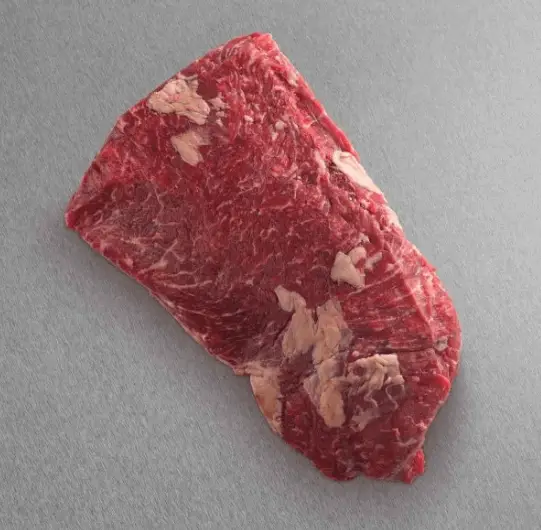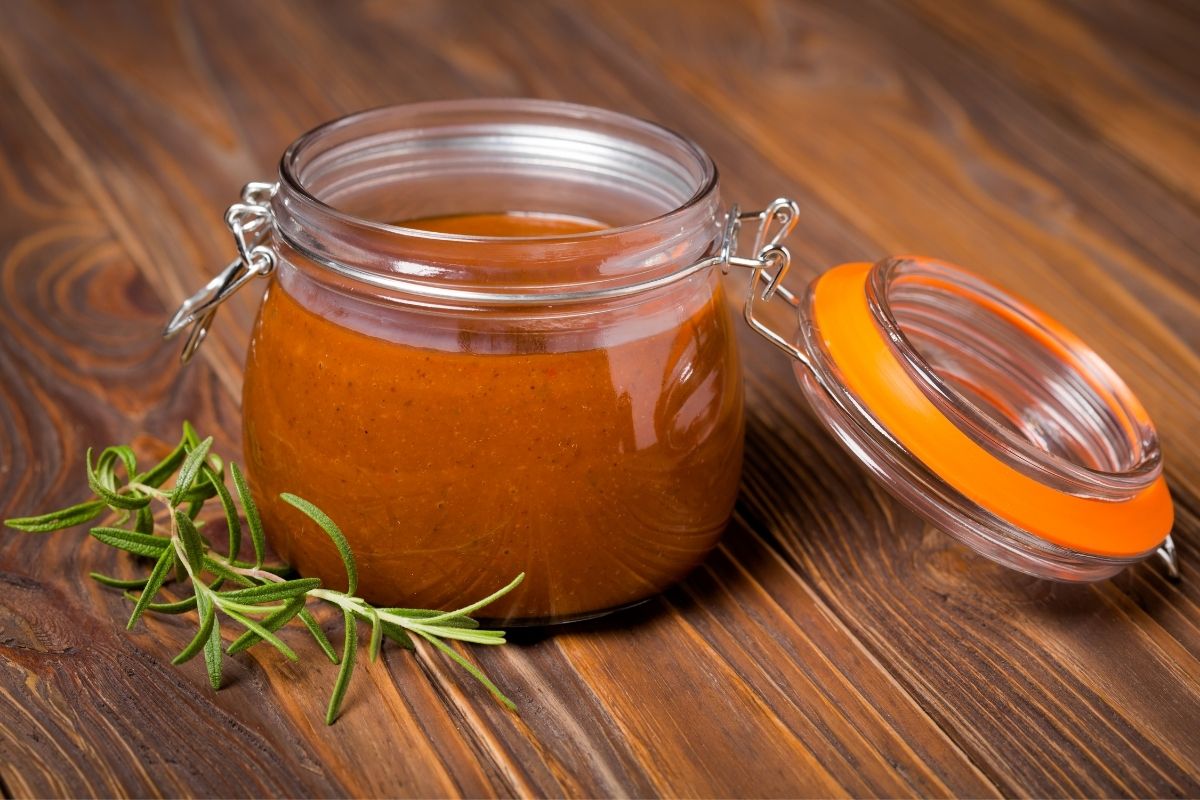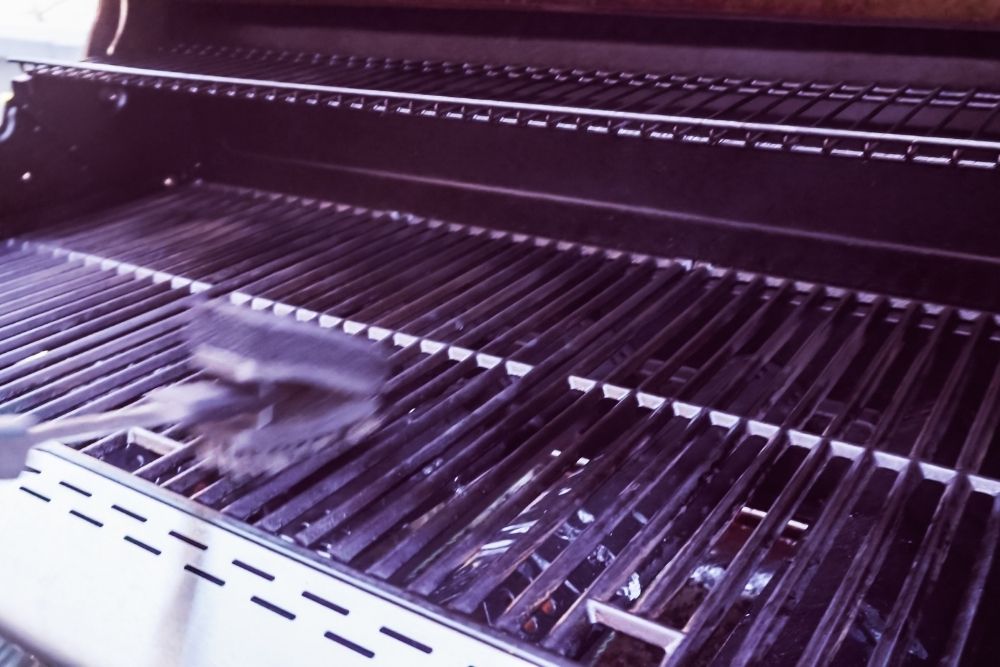Bavette steak is one of those underrated gems in the beef world that deserves way more time in the spotlight. If you’ve ever had it cooked just right—perfectly seared on the outside, juicy and tender on the inside—you know exactly what I’m talking about. It’s rich, flavorful, and incredibly versatile. And yet, most folks walk right past it at the butcher counter without even realizing what they’re missing.
One reason it flies under the radar is because it’s often mistaken for flank steak or skirt steak. It’s easy to see why—these cuts all come from similar areas of the cow and have that long, grainy texture. But make no mistake: bavette steak is its own thing, and when you treat it right, it might just become your go-to for grilling or pan-searing. Personally, I think it absolutely shines in fajitas, but it’s also fantastic sliced over salads, tucked into tacos, or even as the centerpiece of a steak dinner.
So what exactly is it? Bavette steak comes from the bottom sirloin, right near the flank, and it’s sometimes labeled as “flap meat” in butcher shops. Don’t let the name throw you off—this is a high-quality, deeply beefy cut that takes well to bold seasoning and quick, high-heat cooking.
In this article, we’ll break down everything you need to know about bavette steak—from what it is and where it comes from, to how it tastes and how to cook it to perfection. We’ll also share a few of our favorite bavette steak recipes so you can start experimenting in your own kitchen or backyard grill.
What is Bavette Steak?
Bavette steak, also known as flap steak, comes from the sirloin primal of a steer. More specifically, it’s a cut that comes from the bottom sirloin – and extremely close to where a flank steak cut comes from. Because of this, they often get confused.
Bavette and flank steaks have similar taste profiles and are nice substitutes from one another since they come from a similar part of the steer – but they are not the same cut.
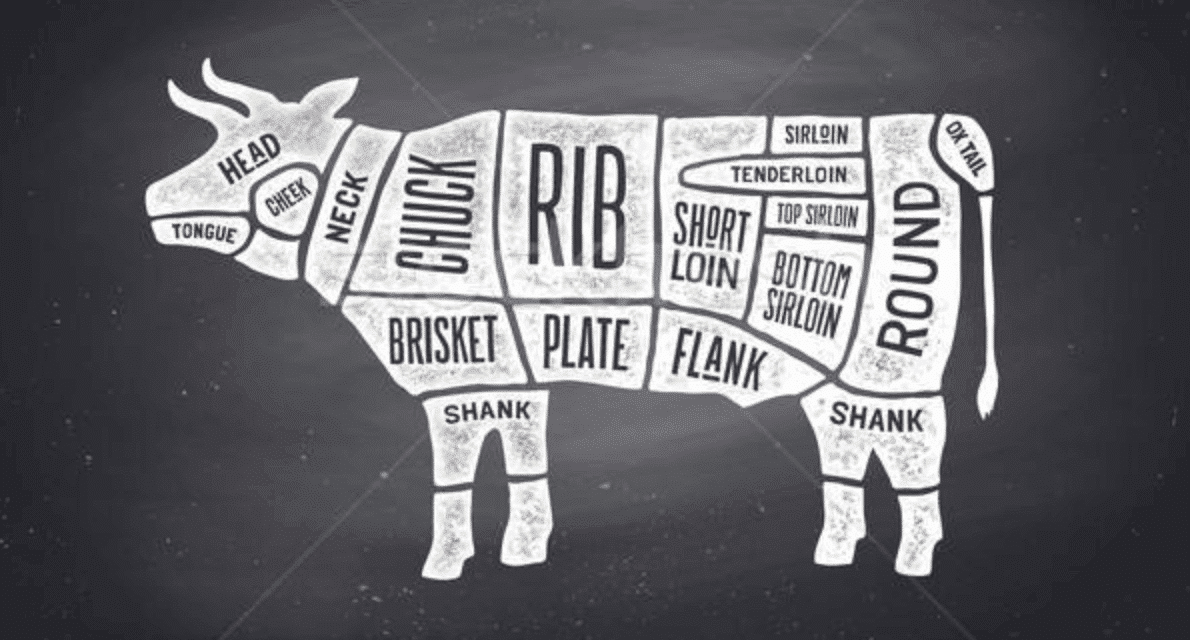
Since the bavette steak is located adjacently to the flank, it often comes with tremendous marbling and a nice, tender texture.
In fact if you look closely, this cut’s grain and muscle fibers are quite loose looking – there’s clear space in between grain fibers, especially compared to some other beef cuts. This is actually a nice feature in the sense that rubs and marinades tend to really seep and soak into the cut.
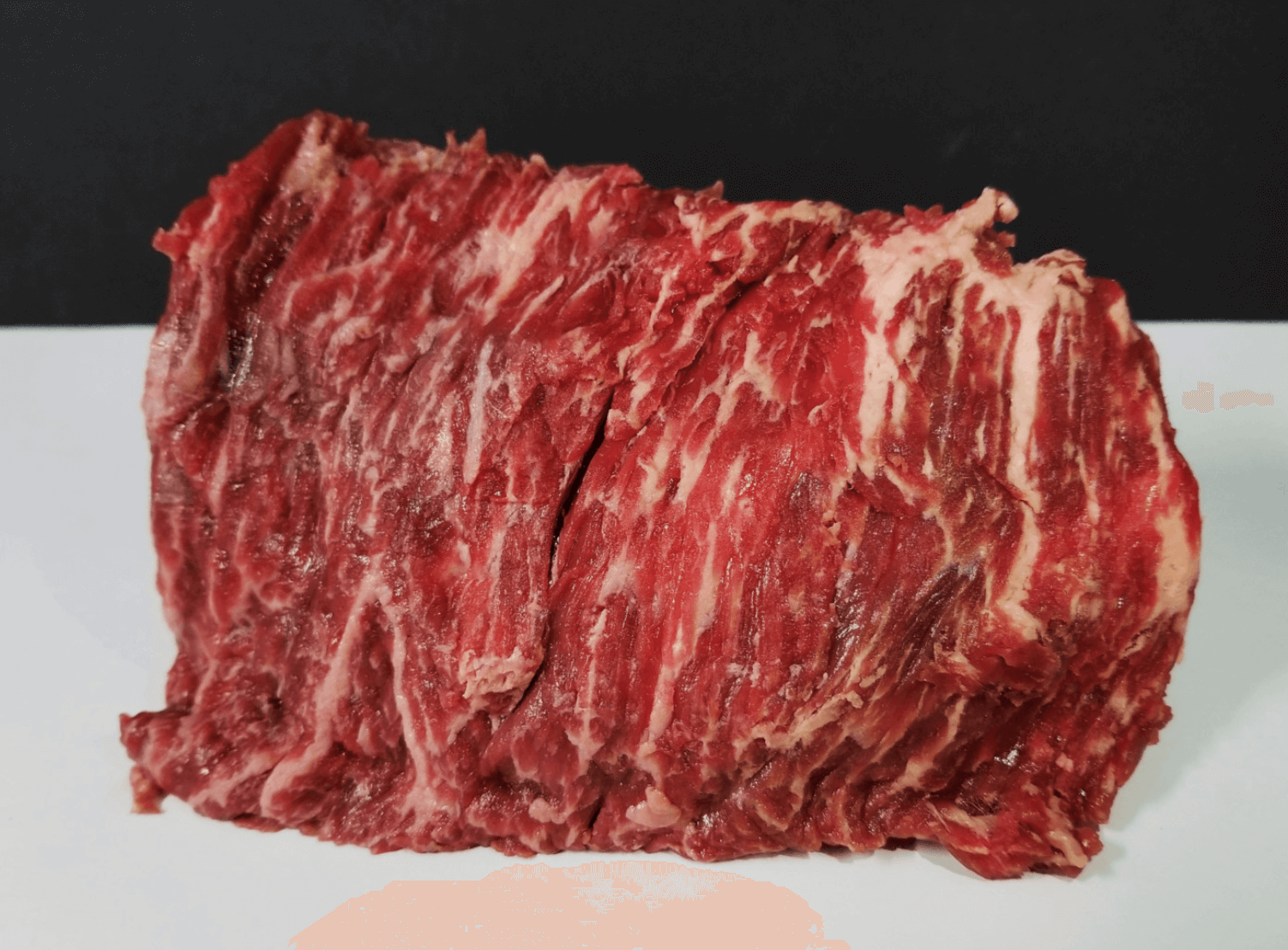
One of the reasons you might not have heard of bavette steak before is because there’s a relatively small amount in each animal. In fact, 2-4 pounds is a pretty common maximum size to get out of a bavette cut.
Because of that, it can be somewhat difficult to get ahold of bavette unless you live in a larger city or have access to a reliable butcher. That being said, a few ranches sell their meat online and one such purveyor of quality wagyu bavette is Snake River Farms.
Popular with Asian, Latin American and French chefs who love its full-bodied flavor, it’s also grown in popularity in the U.S. SRF American wagyu bavette is packed with marbling and richness.
We highly recommend their wagyu bavette and we think you will enjoy it too!
How to Prepare Bavette Steak
Before you dive into seasoning, give your bavette steak a quick once-over. While this cut generally doesn’t come with a lot of excess fat, it’s always a good idea to trim off any loose bits or silverskin along the edges. A clean surface helps seasoning adhere better and promotes even cooking.
Bavette steak is incredibly forgiving when it comes to preparation, which is part of what makes it so fun to cook. At its simplest, a generous sprinkle of kosher salt and freshly cracked black pepper is enough to make the meat sing. But because of the way the muscle fibers are structured—long, open, and grainy—this cut is also a dream for marinades. Whether you’re going for a citrusy fajita-style marinade or something bold and garlicky, bavette soaks up flavor beautifully.
Grill it, sear it in a cast iron skillet, broil it — bavette steak does well with high-heat, quick-cook methods that create a great crust while locking in juices. If you’re using a dry rub, let the steak sit at room temperature for about 30–45 minutes before cooking to help the flavors really penetrate the meat. If you’re marinating, aim for at least 2 hours (overnight is even better).
When selecting a bavette steak, look for one with nice, even marbling throughout the meat. Good marbling means more flavor and tenderness once it’s cooked. The grain should be clearly visible, which will help later when it’s time to slice it—always against the grain for maximum tenderness.
How to Cook Bavette Steak
Understanding Thickness
One thing to note about bavette is that it typically has a thicker end and a thinner end. It’s important to pay attention to which side is which while you cook because the thin end will finish cooking faster than the thick one.
This might work out in your favor if you’re cooking fajitas for a group of people with different preferences for how rare or well done they prefer their beef.
But if you’re trying to cook to the same rareness throughout, you may need to flip the thin end up off of your cooking surface while the thick end finishes off.
Ideal Temperature for Bavette
Just like with any other meat, you want to cook bavette until it reaches a safe internal temperature. For beef the USDA recommends an internal temperature of 145°F, but commercially steak is very commonly served medium rare at an internal temperature of 130°F.
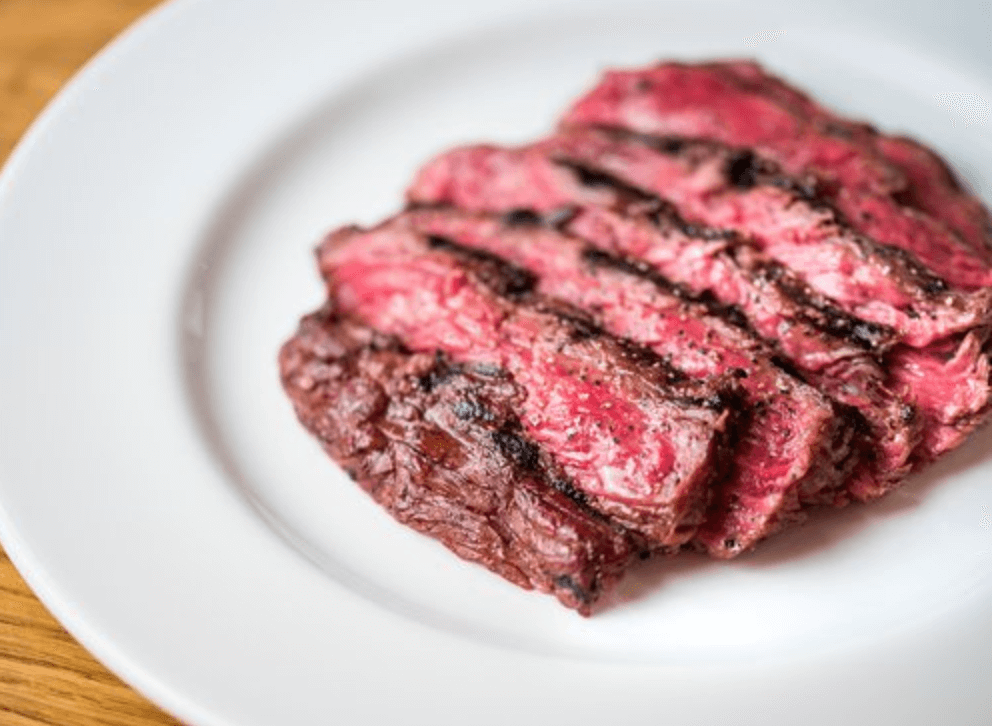
To check the temperature of your meat, get a high quality digital thermometer like the Meater Pro XL. You can stick the temperature probes in the meat, and given it’s WiFi enabled and connected to an app, you can also get alerts when your meat is ready to be taken off the grill.
With 165 feet of range and a dual sensor probe, it doesn't get much easier or more accurate than the Meater Plus. Includes 4 Probes, Bamboo Charger, and an OLED display to cook without the app.
But don’t jump in right away to serving or slicing the steak! It’s super important to let your steak rest for around 10 minutes before slicing after you’re through cooking it. This will allow the juices to redistribute evenly throughout the beef.
Also, it’s incredibly important to make your slices against the grain. This will help greatly to make sure the bites you serve are extra tender and have the right texture.
With that in mind, here are a few of our favorite methods for cooking bavette steak.
Different Methods For Cooking the Meat
On the Grill
My favorite way to grill bavette steak is by using a direct to indirect method. Like you would with many other steaks, this just means searing the outside for a nice crust over direct heat first.
After that, you can move the food to a different portion of your grill (often a warming rack) that’s not directly heated by the flame. On a warming rack, your food will continue to cook on the inside without over charring the outer part of the steak.
Like we mentioned before, pay attention to which side of your bavette steak is the thin side and keep an eye on it while you sear. It’s definitely more prone to get overcooked quickly.
Bavette steak is a great option, no matter which type of grill you have. They are perfectly suited for gas grills and also do great on charcoal or wood fired grills. On a charcoal or wood fired grill, the beef will definitely pick up some delicious extra smoky flavor.
In a Cast Iron Pan
Other than a good old fashioned grill, a cast iron pan is definitely my second favorite piece of cooking equipment. And it’s perfectly suited to cook bavette steak.
On a practical level, cooking this cut in a cast iron pan is incredibly simple. Personally, we love Lodge cast iron pans because they are built well, last long even with very little maintenance, and are highly versatile in the kitchen. Just take a look at the cast iron sub-reddit!
- Comes pre-seasoned, ready to use; includes red handle holder
- Use on stove, grill, oven, over campfire, and more
If you want to take your cooking operation to the next level, you can get ambitious and include a pan sauce along while you cook your meat!
Sous Vide
For those unfamiliar, the sous vide cooking method is one in which your food is vacuum sealed in a plastic bag and is cooked in warm water until the food reaches your desired internal temperature.
It might sound strange if you’ve never done it before, but it can lead to spectacular results. The “catch” is that it’s ideal to have handy equipment around. You’ll definitely need a vacuum sealer machine, and a sous vide machine is also ideal but not required.
One of my personal favorites with bavette steak is to reverse sear. That is, slow cook it sous vide until it reaches 130°F, then take it out of the bag and place it on the cast iron pan or grill for a quick sear.
If you’re interested in sous vide, you should check out the Anova Sous Vide Precision Cooker. It comes complete with a companion app and is WiFi-enabled, which means you can “set it and forget it” while you prep your meal and complete other tasks around the grill and kitchen.
- Highly rated: over 14,000 ratings at 4.6 out of 5
- Precision cooking within 0.1 degrees Fahrenheit
- Easy remote management through WiFi-enabled app
A key to getting the perfect sous vide is to ensure that whatever you are cooking is vacuum sealed. You don’t want to let water or air get into the bag, as that will dramatically affect the results of the sous vide and ruin your meat. One of the best vacuum sealers on the market is the Nesco VS-12, which can handle a variety of different settings and has a powerful pump that most home chefs can use easily.
- 130 watt 25.1 InHG double vacuum pump for optimal performance
- Includes 3 settings: dry, moist and double
For those seeking something more professional, we highly recommend the Vacmaster VP230 Chamber Vacuum Sealer. It’s a powerhouse for serious home cooks and small-scale pros who want to take food preservation and sous vide cooking to the next level. Unlike traditional suction sealers, its chamber design allows you to vacuum seal liquids and marinades with ease—no mess, no fuss. With a heavy-duty ½-horsepower oil pump, extra-wide 12-inch seal bar, and customizable vacuum settings, this machine delivers commercial-grade performance right on your countertop.
- 4.6 out of 5 stars with 270+ ratings
- Easy to use control panel with vacuum pressure indicator
- Can handle liquids with ease
Where to Get Bavette Steak
Even though bavette is a relatively difficult cut of beef to get ahold of, it’s not impossible to find if you really want to get some. If you live in a big city, odds are you can find some at your grocer or a local butcher shop.
There are also a few online outlets that sell high quality cuts of bavette and will deliver it right to your doorstep.
One such operation is Snake River Farms. They are a family owned, farm to market operation that delivers the highest quality American wagyu beef right to your doorstep if you live in the USA. It just so happens that they have an American Wagyu Bavette Steak on their menu, and while pricey, I can personally attest to the quality of this cut.
Popular with Asian, Latin American and French chefs who love its full-bodied flavor, it’s also grown in popularity in the U.S. SRF American wagyu bavette is packed with marbling and richness.
What is Bavette Steak Used For?
We’ve gone through a lot of information up until this point, but now it’s time for the fun part! Bavette steak is an extremely versatile cut and can be prepared in a variety of different ways.
- It’s great on it’s own with a special sauce (like chimichurri)
- Steak fajitas (bavette steak recipe below)
- Steak enchiladas
- Stir Fry
- Beef and Broccoli
- Steak salad
That’s just to name a few! Pretty much any recipe you’d use flank steak, skirt steak, or carne asada for – you can sub bavette steak.
Bavette Steak Fajitas Recipe
Here’s our favorite bavette steak fajitas recipe. This one keeps things pretty simple, so it’s a great way to introduce yourself to this fine cut of beef!

Bavette Steak Fajitas Recipe
Ingredients
- 1 pound bavette steak
- 8 corn or flour tortillas
- 1 avocado sliced
- 1/2 yellow onion sliced with the grain and a half inch wide at the widest point
- 1 tbsp olive oil extra virgin
- 1 lime sliced (optional)
Bavette Steak Fajita Seasoning
- 1/2 tbsp garlic powder
- 1/2 tbsp cumin
- 1/2 tbsp oregano
- 1/2 tbsp paprika
- 1/2 tbsp chili powder
- 1/2 tbsp kosher salt
Instructions
- Mix all seasoning ingredients in a small bowl. Coat the bavette steak with the seasoning mixture, ensuring to coat the entire cut of beef evenly and thoroughly. Feel free to substitute your favorite fajita seasoning.
- Let the seasoned bavette steak rest at room temperature for an hour.
- Sear both sides of the bavette steak over high heat. Use either a grill or a cast iron pan. If using a cast iron pan, preheat for about a minute then add olive oil. Let the olive oil heat up for another 1-2 minutes. Add the steak, searing on each side until a brown crust begins to form. After searing, lower the heat to medium and continue to cook until desired doneness is achieved. Bavette steak typically needs about 2-3 minutes to finish cooking after searing.
- Take the bavette steak off of the pan to rest for 15 minutes.
- Add onions to the pan. Add a little extra olive oil if needed. Sauté until the onions start to get soft, then turn off heat.
- Slice the bavette steak into thin slices. Be sure to cut against the grain to achieve the best tenderness and texture and make the slices easy to eat.
- Serve immediately on corn or flour tortillas. Add onions and avocado slices. Squeeze lime wedges over the steak and add any additional toppings as desired like shredded cheese, salsa, guacamole, sour cream, garlic butter, etc.
Nutrition
Frequently Asked Questions
What Cut of Meat is Bavette Steak?
Bavette steak is a cut of meat that is taken from the abdominal muscles of a cow. Bavette is the French translation for flank steak. These cuts of meat tend to be long and flat and Bavette, in general, is renowned for its rich flavor and crumbly texture.
Often, it is referred to as the butcher’s cut because it is regularly favored amongst them and they are sometimes thought to keep it for their own pleasure. It is regularly confused with flank steak because the region where it is taken from is close to where flank steak comes from.
This cut of meat tastes great when it is grilled or seared inside a cast iron pan. Complimenting Bavette with a sauce is going to enhance the flavors.
You may experience some difficulties when trying to get your hands on some cuts of bavette steak because there isn’t a lot of it on each animal.
How Do You Cut a Bavette Steak?
Before proceeding to make any cuts in your bavette steak you must first get rid of any pieces of excess fat. Using a sharp knife you will then need to cut against the grain.
Doing so will leave the meat more tender. The “grain? is a term that is used to identify the direction in which the muscle fibers of the meat lie.
Typically, you will be making your cuts widthwise rather than lengthwise.
The size of the slices will depend on how you are going to be eating your bavette steak. If it is going to be used in fajitas it will need to be cut into smaller chunks that are easily digestible when mixed with the other ingredients. Alternatively, you may choose to cut the meat into more substantially sized steak portions.
What is Wagyu Bavette Steak?
Wagyu bavette steak refers to a flat-cut, boneless chunk of beef that is sourced from the inner surface on the bottom of the sirloin. It has a soft texture and is full of flavor due to the high traces of fat in it.
This meat is sourced from one of four species of Japanese cattle, despite this, Wagyu beef is also available in the US, however, it is typically mixed with another traditional breed of cattle.
Now you may be wondering what the difference is between a normal cut of bavette steak and a cut of wagyu bavette steak. Simply put, the latter is a cut that is taken from a wagyu cow and this means that there are differences in the taste.
In fact, many would suggest that Wagyu steak is packed with more flavor than a normal cut of bavette steak.
Is Flank Steak Tough or Tender?
Flank steak is a rather tough cut of meat that is chewier than many other types of steak. It has a prominent beefy flavor that becomes tender as it is cooked. This is precisely why it’s ideal to make thin cuts against the grain.
You can also tenderize the steak by adding some marinade. Doing this will make the meat a lot less chewy. It is also important to pay attention to how your meat is cooked. When it is cooked properly, it is likely to lose its toughness.
If you have a slow cooker, you may wish to use it to cook your cuts of flank steak, and doing so will achieve great results. This is because the meat will be left to cook over a prolonged period and will therefore become much more tender than it would be when cooked any other way.
How Do the Pros Cook Bavette Steak?
Gordon Ramsey’s recipe and step-by-step guide for cooking bavette steak call for the use of several seasonings to enhance the intensity of the flavor. Combine some chili with rosemary, parsley, oregano, and garlic and mix with a dash of oil and red wine vinegar. Then add a sprinkle of salt and pepper and set it aside.
Take your cut of bavette steak and brush some oil over each side before adding to a preheated griddle pan. Allow each side to cook for 4 minutes before removing the steak and letting it rest, wrapped in tin foil.
Next, you will need to cook your additional ingredients; tomatoes and mushrooms. Once they have each been exposed to the heat for a couple of minutes you can remove them and begin preparing your meat.
Thinly slice your steak and then top with the rosemary mixture that you made earlier. Add the tomatoes and watercress and then it is ready to serve.
Final Thoughts
The next time you come across a cut of bavette steak, I hope you scoop it up. It’s one of the best and most versatile cuts of beef you could ever work with, and once you master it you’ll be able to serve mouth watering bavette steak meals to your friends and family.
- Need a new set of knives to cut your bavette steak? Check our Dalstrong or Kyoku, both excellent choices.
- In the market for a cast iron pan? Can’t get any better than Lodge.
- Want to procure some bavette steak online? While they may not have it in stock all the time, check out Snake River Farms or Porter Road frequently to see.
Discover more from Own The Grill
Subscribe to get the latest posts sent to your email.


